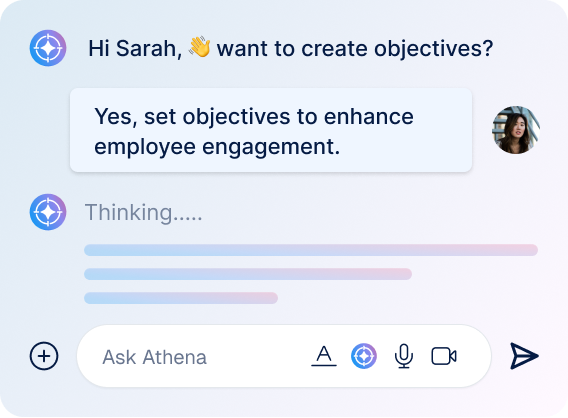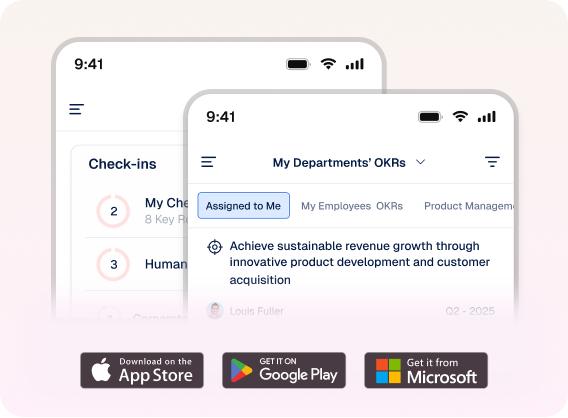Unmanaged technical debt inhibits productivity and agility, leading to security vulnerabilities, system failures, higher maintenance costs, and inefficiencies.
In the software development environment, technical debt can quickly become an invisible burden, slowing down productivity, compromising software quality, and inflating costs. While the ability to deliver quickly gives you a vital competitive edge, speed can also become costly.
Development teams may take shortcuts like improper testing, writing sub-par code, or failing to document to fulfill changing client requirements or meet tight deadlines. Such shortcuts appear harmless in the beginning, but accumulate over time and become more expensive and challenging to fix.
According to Gartner, on average, about 40% of infrastructure systems across asset classes have technical debt concerns. Similar to finances, the longer you ignore this debt, the more it compounds and eventually affects team morale, product quality, and development velocity. This guide elaborates on what technical debt is, its types, and where it comes from, while exploring effective ways to manage and prevent it.
TL;DR
- Technical debt: extra work caused by shortcuts in development that speed delivery but add long-term costs.
- Causes: tight deadlines, vague requirements, outdated tech, poor documentation, messy code, evolving client needs, and information silos.
- Types: software debt (bugs, poor design), infrastructure debt (legacy systems), security debt (vulnerabilities), documentation debt (knowledge gaps).
- Quadrants: deliberate/prudent, deliberate/reckless, inadvertent/prudent, inadvertent/reckless showing intent vs. recklessness in decision-making.
- Bottom line: debt is inevitable, but knowing its causes, categories, and quadrants helps you manage it wisely.
What is Technical Debt?
In software development, Technical debt is the extra work on an IT system that a team needs to handle due to compromises or shortcuts they took during development to meet deadlines. Such debt is often inevitable and is a regular part of software development and engineering.
However, prioritizing speed above quality can affect the software, causing it to stray from the non-functional requirements your team initially intended. Compromises and temporary solutions eventually start affecting the system’s resilience, scalability, and performance.
Technical debt can also accumulate when you postpone scheduled maintenance. Once this debt surpasses a critical level, it destabilizes the software, causing higher support costs and client dissatisfaction, especially as its lifecycle ends.
Ready to build better, faster, and cleaner?
What are the Causes of Technical Debt?
Technical debt starts as one swift time-saving decision but easily becomes a bottleneck that makes systems more expensive to maintain, challenging to scale, and fragile. It arises from different sources, due to causes such as:
- Time Constraints Time constraints can lead to technical debt if a team has limited time to explore new technologies or methods, so they rely on familiar ones. As these options become outdated, technical debt keeps rising. Limited time also comes with pressure to avoid downtime or beat tight deadlines. This leads to deferring vital but time-consuming tasks and shortcuts that contribute to technical debt.
- Vague Project Requirements Unclear project requirements often cause confusion and subpar solutions since the specifications and objectives are not well-defined. Constantly evolving requirements also make it challenging to retain a consistent design, resulting in poorly implemented patchwork.
- Outdated Technologies Sometimes you may keep outdated technologies for sentimental or familiarity reasons. However, the longer legacy software and systems stay, the more expensive it becomes to replace or modernize them, which accumulates technical debt.
- Poor Quality Code Hard-to-understand, messy, or poorly written code makes it challenging for developers to update and maintain the software. More time goes into debugging rather than creating new features.
- Evolving Client Requirements Systems often become more complex when clients keep changing the requirements. These complexities come with additional components or processes that need intricate updates, leading to wasted time and inefficient workflows.
- Inadequate Documentation Failing to document code well makes it harder for other team members to understand why the code is a certain way and what it does. Besides confusion, this increases the chances of errors when the code gets updated or modified.
- Information Silos Dependencies create technical debt as they increase the risk of errors and slow the entire development process. Inadvertent or intentional management decisions can lead to information silos, where only a few team members know certain parts of the code.
What are the Types of Technical Debt
Technical debt falls into different categories, with the primary ones including:- Software Debt Software debt comes from issues arising during the development process, such as bugs, poor design, and coding errors. This debt type can cause insecure, unstable, and inefficient software applications that affect customer satisfaction or business operations.
- Infrastructure Debt Infrastructure debt accumulates due to poorly maintained or outdated underlying tech infrastructure. This type of debt leads to data loss, downtime, and system inefficiencies.
- Security Debt Security debt involves the vulnerabilities and risks that come from inadequate cybersecurity measures, whether due to budget constraints or unawareness of new threats. This debt can result in loss of customer trust, legal problems, and data breaches.
- Documentation Debt Documentation debt occurs when a team fails to properly document processes, systems, or software. It creates confusion that causes mistakes and inefficiencies since some team members don’t have access to the right information.
The Four Quadrants of Technical Debt
The Technical Quadrant, designed by Martin Fowler, classifies technical debt into four categories, based on two key factors: whether the debt was unintentional or deliberate, and if the decision was reckless or prudent.
- Deliberate and Prudent Deliberate technical debt occurs when a team makes the conscious decision to allow debt accumulation, with positive impacts in the long run. For instance, there are cases where delivering on time is more important than immediately addressing vulnerabilities and bugs. Since the technical debt is intentional, there has to be a systematic way of doing it. After evaluating all considerations, the developers can then create a risk management plan with a clear action plan to address the debt and minimize consequences or damages.
- Deliberate and Reckless This debt occurs when a team prioritizes speed over quality and takes shortcuts in the planning stages. While the decision is deliberate, the consequences, like blast radius, estimated expense or cost, and long-term impact, are often unclear, making it reckless.
- Inadvertent and Prudent Inadvertent technical debt comes from a lack of knowledge, negligence, or oversight. Software development and innovation go hand in hand. Sometimes developers become aware of better technologies or methods during development, inadvertently contributing to technical debt. However, managing this debt can become a learning opportunity, where the team finds more efficient ways to do things, learns, and adapts to enhance future practices.
- Inadvertent and Reckless This debt accumulates when a team disregards quality standards or runs insufficient tests. This leads to costly system failures, downtimes, and quick uninformed solutions that add to the debt. As professionals, developers should understand that ignorance and recklessness can cause unwanted issues that they can avoid with more attention and focus on the code.
Conclusion: Making Peace with Technical Debt
At the end of the day, technical debt is part of building software. Sometimes you take a shortcut to ship fast, sometimes you inherit messy code, and sometimes you just don’t know better until later. What matters isn’t avoiding debt completely, it’s knowing when you’re taking it on and how you’ll deal with it later.
By understanding the causes, the types, and even the four quadrants of debt, teams can stop treating it like a scary unknown and start treating it like any other business decision. Some debt is fine if you’re aware of it, but unmanaged debt is what slows you down, frustrates your developers, and eats into your budget.
The smart move? Acknowledge it early, plan for it, and pay it down intentionally. That way, your team keeps moving fast without letting hidden costs pile up in the background.



